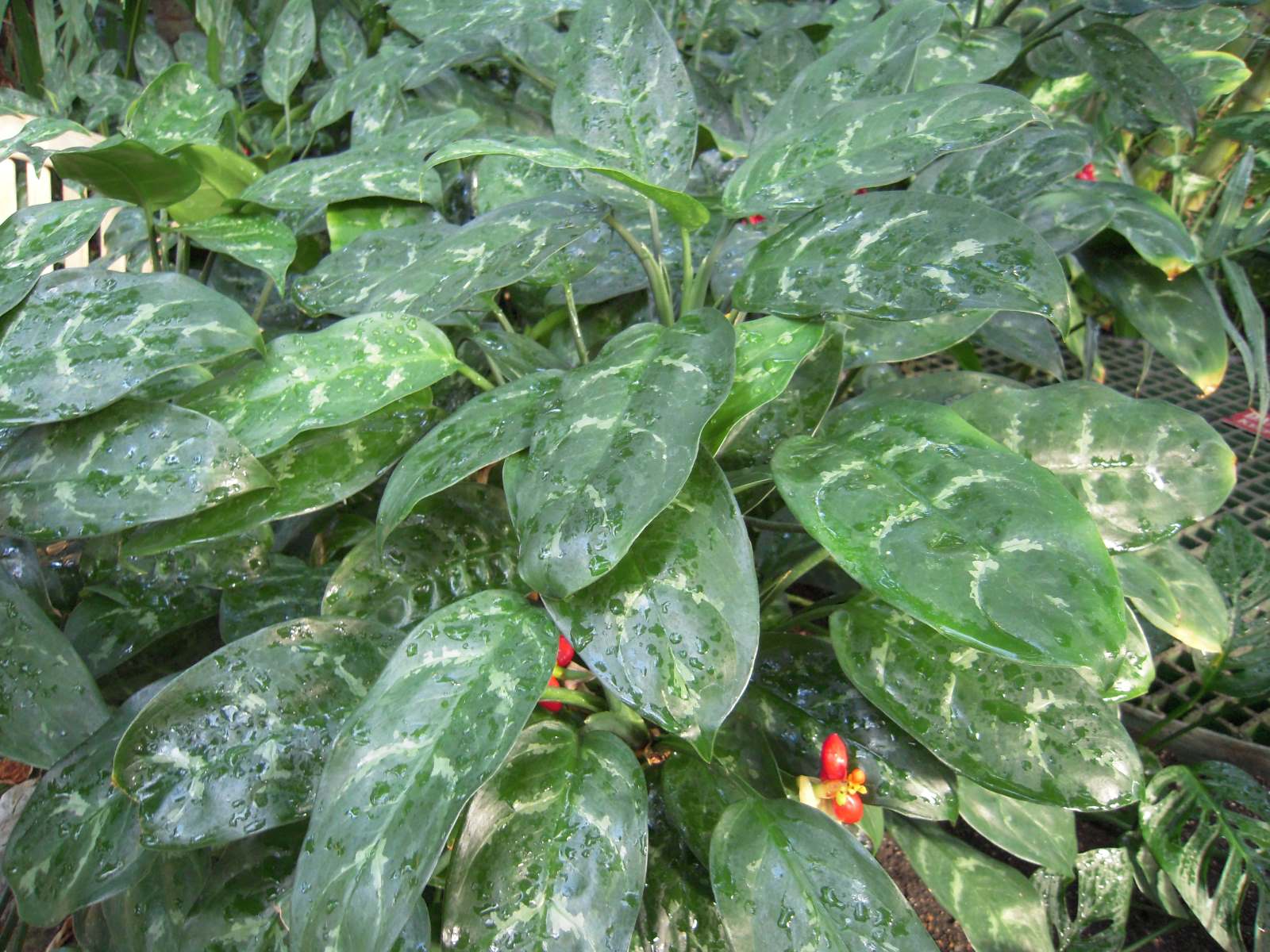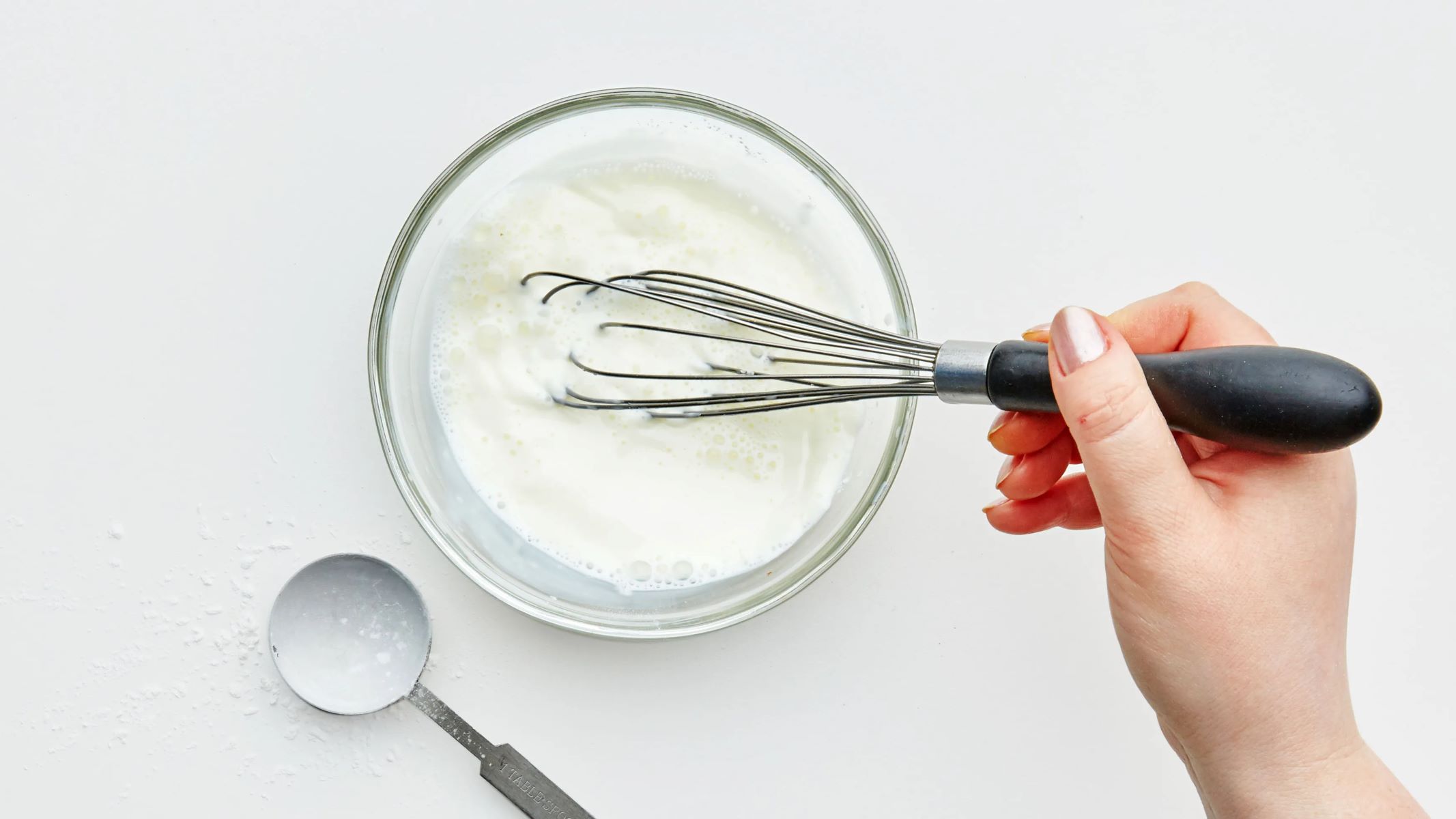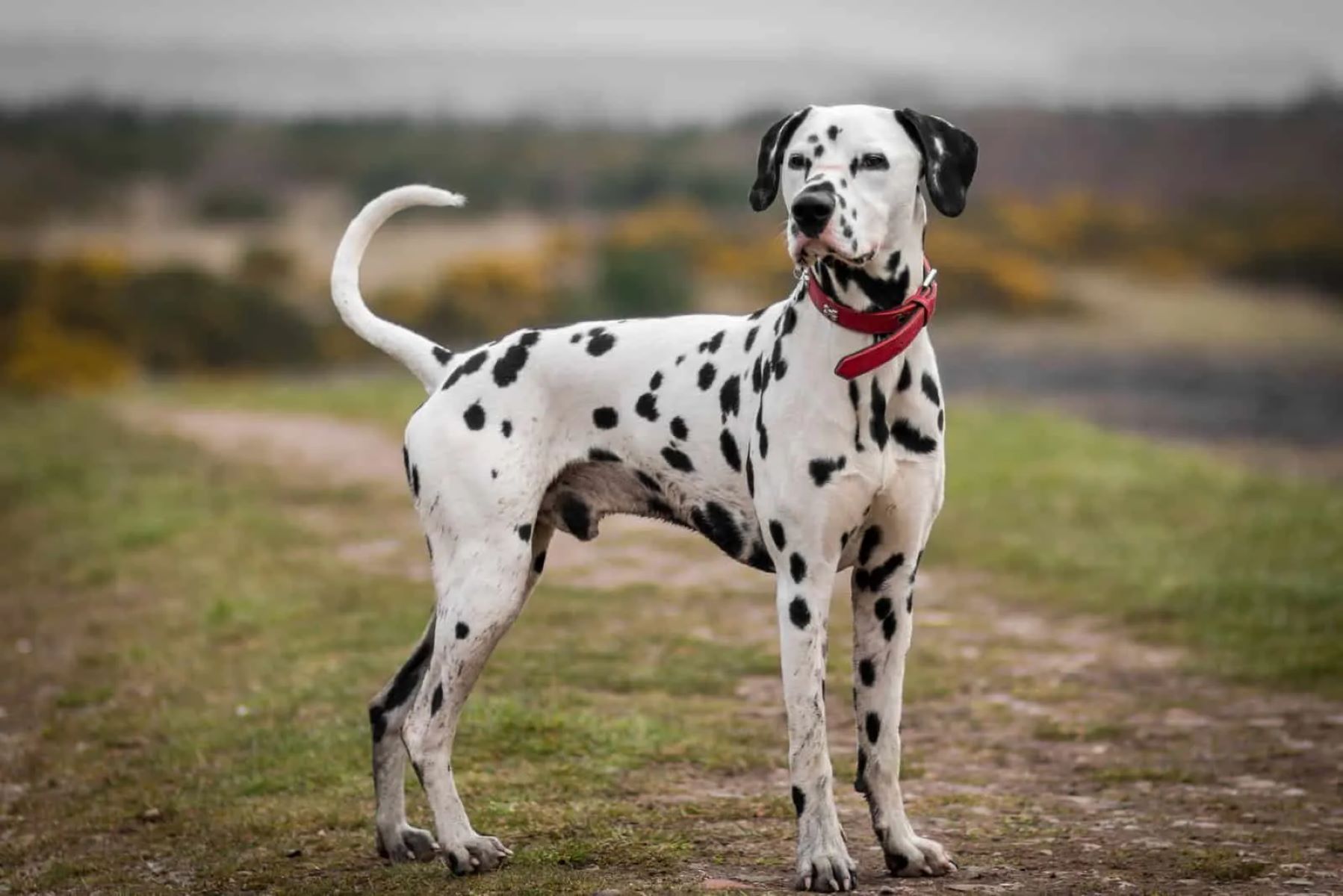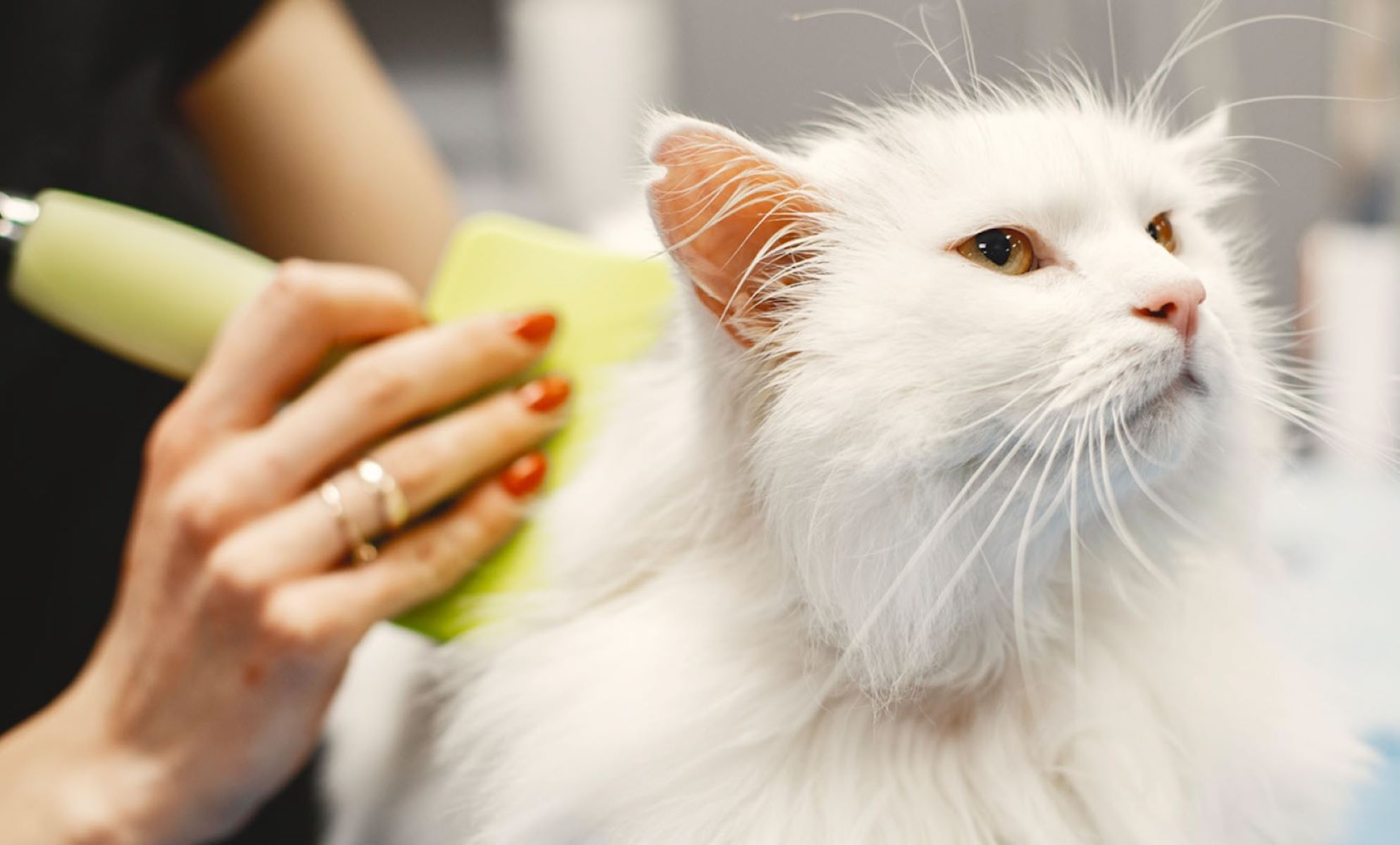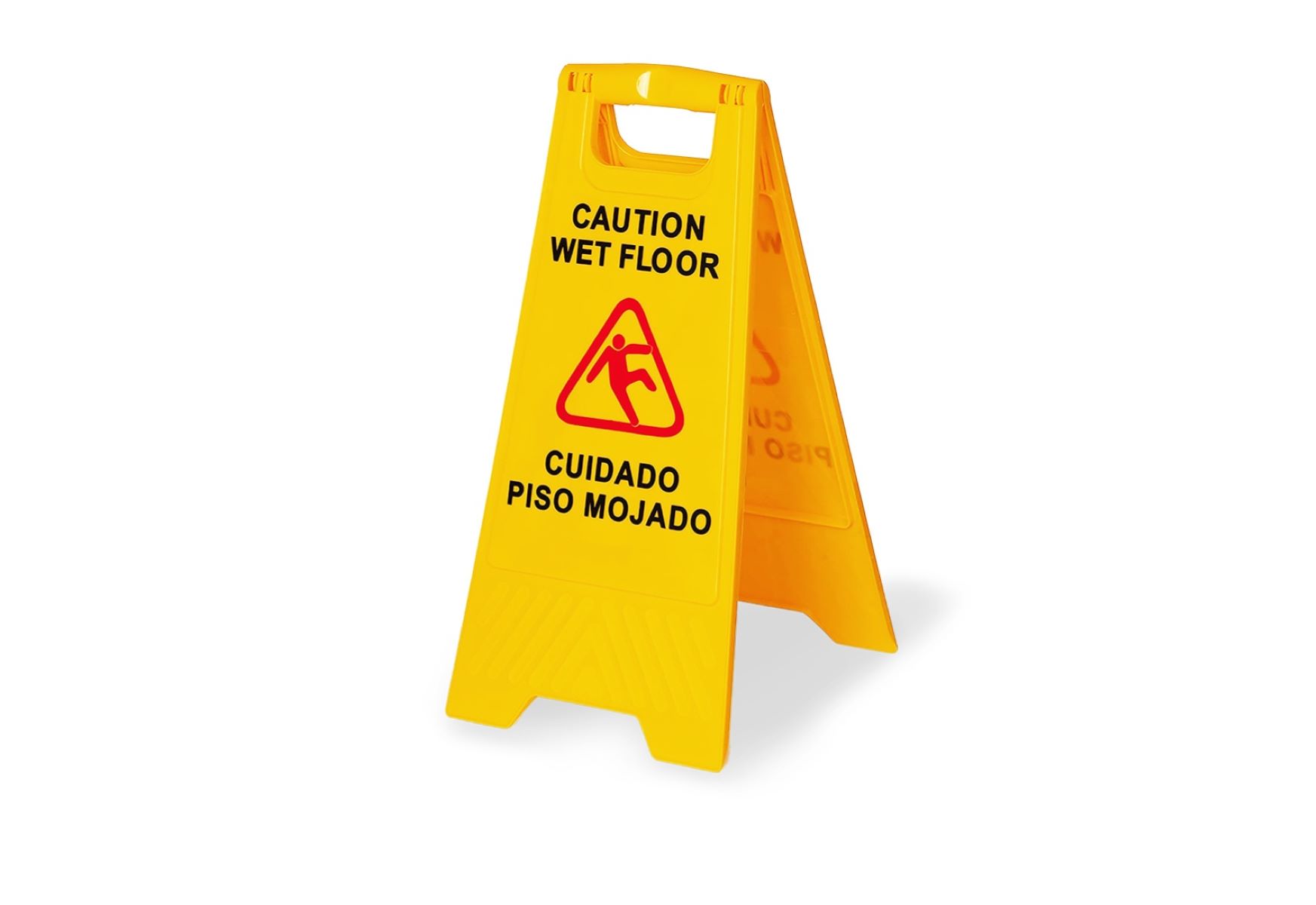Home>Health and Wellness>Daisy Varieties: The Hidden Danger For Dogs And Safe Alternatives Revealed!
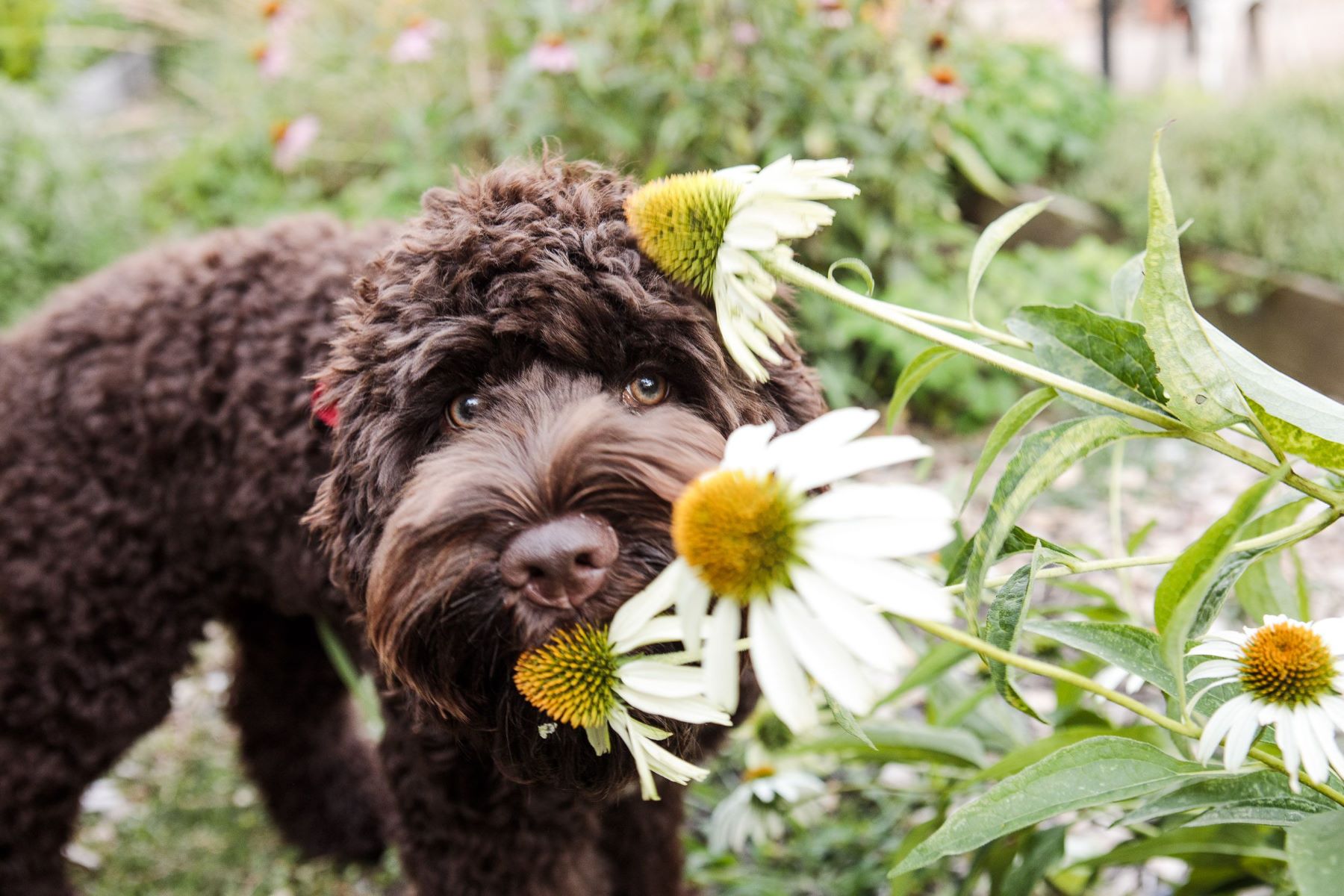

Health and Wellness
Daisy Varieties: The Hidden Danger For Dogs And Safe Alternatives Revealed!
Published: January 24, 2024
Discover the hidden danger of daisy varieties for dogs and explore safe alternatives. Ensure the health and wellness of your furry friends with our expert advice.
(Many of the links in this article redirect to a specific reviewed product. Your purchase of these products through affiliate links helps to generate commission for Regretless.com, at no extra cost. Learn more)
Table of Contents
Introduction
Daisies, with their delicate petals and vibrant colors, are often adored for their timeless beauty and charm. These classic flowers have adorned gardens, bouquets, and floral arrangements for centuries, adding a touch of elegance to any setting. However, while daisies may seem innocuous and inviting, there is a hidden danger associated with certain varieties when it comes to our beloved canine companions.
As pet owners, it's natural to want to create a safe and inviting environment for our furry friends to enjoy. Yet, many may not be aware of the potential risks that certain daisy varieties pose to dogs. Understanding the potential dangers and learning about safe alternatives is crucial for fostering a pet-friendly environment that promotes both beauty and safety.
In this comprehensive guide, we will delve into the hidden danger of daisy varieties for dogs and explore the symptoms of daisy poisoning. Additionally, we will uncover safe alternatives to daisy varieties for creating dog-friendly gardens, ensuring that both our gardens and our furry friends can coexist harmoniously.
Join us as we embark on a journey to uncover the potential hazards lurking within our gardens and unveil the secrets to cultivating a pet-friendly oasis. Let's take a closer look at the dangers of daisy varieties for dogs and discover the safe alternatives that will allow our gardens to flourish while keeping our canine companions out of harm's way.
Understanding the Danger of Daisy Varieties for Dogs
Daisies, with their enchanting allure and captivating beauty, have long been cherished as a symbol of purity and innocence. However, beneath their charming facade lies a potential threat to our canine companions. While not all daisy varieties are harmful to dogs, certain species within the daisy family, such as the popular English daisy (Bellis perennis) and the oxeye daisy (Leucanthemum vulgare), contain toxins that can pose a danger to our furry friends.
The toxins present in these daisy varieties can trigger adverse reactions in dogs when ingested. Pyrethrins, a natural insecticide found in some daisy species, can cause a range of symptoms, including gastrointestinal upset, drooling, vomiting, diarrhea, and in severe cases, neurological effects such as tremors and seizures. These distressing symptoms can not only cause discomfort but also lead to potentially life-threatening complications if left untreated.
It's important to note that while daisies are a common sight in gardens and floral arrangements, they may not always be immediately recognizable to pet owners, especially when presented alongside other non-toxic plants. This lack of awareness can inadvertently expose dogs to the dangers of daisy varieties, highlighting the need for vigilance and understanding when it comes to creating a pet-friendly environment.
Furthermore, the allure of daisies extends beyond their visual appeal. The temptation to explore and interact with the environment is a natural instinct for dogs, and without a clear understanding of the potential hazards posed by certain daisy varieties, our furry companions may inadvertently encounter these toxic plants.
As responsible pet owners, it is our duty to recognize the hidden dangers that may lurk within our gardens and take proactive measures to ensure the safety and well-being of our dogs. By gaining a deeper understanding of the potential risks associated with specific daisy varieties, we can take the necessary steps to mitigate these dangers and create a secure environment where our pets can thrive without unnecessary exposure to harmful substances.
In the next sections, we will explore the symptoms of daisy poisoning in dogs and uncover safe alternatives to daisy varieties, empowering pet owners to make informed choices that prioritize the health and safety of their beloved canine companions.
Symptoms of Daisy Poisoning in Dogs
When a dog ingests toxic daisy varieties, it can lead to a range of distressing symptoms that require prompt attention and veterinary care. The onset of symptoms may vary depending on the amount of ingested toxins and the dog's individual sensitivity. It's crucial for pet owners to be vigilant and recognize the potential signs of daisy poisoning in their dogs. Common symptoms include:
-
Gastrointestinal Upset: Dogs may experience gastrointestinal distress, including nausea, vomiting, and diarrhea, after ingesting toxic daisy varieties. These symptoms can manifest within a few hours of ingestion and may persist if the toxins are not promptly eliminated from the dog's system.
-
Excessive Drooling: Toxic daisy varieties can stimulate excessive salivation in dogs, leading to persistent drooling. This noticeable increase in drooling can be a sign of poisoning and should be taken seriously.
-
Loss of Appetite: Dogs that have ingested toxic daisy varieties may exhibit a sudden loss of appetite. This aversion to food can be a red flag for potential poisoning and should prompt further investigation.
-
Lethargy and Weakness: Poisoning from daisy varieties can cause dogs to become lethargic and weak. They may show a lack of energy, reluctance to engage in physical activities, and overall diminished responsiveness.
-
Neurological Effects: In severe cases, the toxins present in certain daisy varieties can lead to neurological symptoms in dogs. These may include tremors, seizures, disorientation, and difficulty coordinating movements. These neurological effects are indicative of a critical situation and require immediate veterinary intervention.
It's important to note that the symptoms of daisy poisoning can escalate rapidly, potentially leading to life-threatening complications if left untreated. Therefore, if a dog is suspected of ingesting toxic daisy varieties and displays any of the aforementioned symptoms, it is imperative to seek veterinary care without delay.
By recognizing these symptoms and understanding the potential dangers associated with toxic daisy varieties, pet owners can take proactive measures to safeguard their dogs' well-being. Additionally, being aware of safe alternatives to daisy varieties for dog-friendly gardens can help mitigate the risk of accidental poisoning, allowing our furry companions to thrive in a secure and nurturing environment.
Safe Alternatives to Daisy Varieties for Dog-Friendly Gardens
Creating a dog-friendly garden involves thoughtful consideration of plant choices to ensure a safe and enjoyable environment for our furry companions. While certain daisy varieties pose potential risks to dogs, there are numerous safe and visually appealing alternatives that can thrive in dog-friendly gardens. These alternatives not only enhance the aesthetic appeal of the outdoor space but also provide a secure and welcoming setting for dogs to explore and enjoy.
1. Sunflowers (Helianthus spp.)
Sunflowers are an excellent alternative to daisy varieties, offering a striking visual presence and a dog-friendly environment. These radiant blooms can brighten up any garden while being non-toxic to dogs, providing peace of mind for pet owners. With their towering stems and vibrant yellow petals, sunflowers add a touch of cheerfulness to outdoor spaces, creating a welcoming atmosphere for both humans and dogs alike.
2. Snapdragon (Antirrhinum majus)
Snapdragons are a charming addition to dog-friendly gardens, boasting a spectrum of colors and a non-toxic nature that makes them ideal for pet-inclusive environments. These blossoms, which resemble delicate dragon heads, bring a whimsical and enchanting quality to the garden while ensuring the safety and well-being of canine companions. Their non-toxic properties make snapdragons a delightful and worry-free choice for pet owners seeking safe alternatives to daisy varieties.
3. Roses (Rosa spp.)
Roses, with their timeless elegance and captivating fragrance, are a classic choice for dog-friendly gardens. These beloved blooms come in a variety of colors and petal shapes, allowing for endless possibilities in garden design. Additionally, roses are non-toxic to dogs, making them a versatile and safe option for creating a visually stunning and secure outdoor space. Whether climbing on trellises or adorning flower beds, roses bring a touch of sophistication to dog-friendly gardens without posing a risk to canine companions.
4. Zinnias (Zinnia elegans)
Zinnias are vibrant, resilient, and non-toxic flowers that thrive in dog-friendly gardens, making them an excellent alternative to daisy varieties. These cheerful blooms come in an array of hues, from bold reds and oranges to soft pastels, adding a burst of color to outdoor landscapes. Their non-toxic nature ensures that dogs can freely roam and explore the garden without encountering harmful substances, allowing for a harmonious coexistence between pets and plants.
5. Marigolds (Tagetes spp.)
Marigolds are a popular choice for dog-friendly gardens, offering a splash of vibrant color and a non-toxic composition that makes them safe for canine companions. These resilient flowers are known for their ability to repel certain pests, making them a practical and visually appealing addition to outdoor spaces. With their golden blooms and lush foliage, marigolds contribute to a welcoming and secure environment for dogs to roam and play without the risk of exposure to toxic substances.
Incorporating these safe alternatives into dog-friendly gardens not only enhances the visual appeal of outdoor spaces but also prioritizes the safety and well-being of our beloved canine companions. By choosing non-toxic blooms such as sunflowers, snapdragons, roses, zinnias, and marigolds, pet owners can create a flourishing and secure environment where dogs can thrive alongside beautiful and dog-friendly flora.
Conclusion
In conclusion, the allure of daisy varieties in gardens and floral arrangements is undeniable, but the hidden dangers they pose to our canine companions cannot be overlooked. The potential risks associated with toxic daisy varieties, such as the English daisy and oxeye daisy, underscore the importance of creating dog-friendly environments that prioritize both beauty and safety.
By understanding the symptoms of daisy poisoning in dogs and recognizing the potential hazards posed by certain daisy species, pet owners can take proactive measures to safeguard their furry friends. Vigilance and awareness play pivotal roles in mitigating the risk of accidental poisoning, allowing dogs to thrive in secure and nurturing environments.
Moreover, the exploration of safe alternatives to daisy varieties for dog-friendly gardens offers a wealth of visually appealing and non-toxic options. From the radiant blooms of sunflowers to the charming allure of snapdragons and the timeless elegance of roses, pet owners have a myriad of choices to create vibrant and secure outdoor spaces where dogs can roam freely without encountering harmful substances.
The integration of non-toxic flowers such as zinnias and marigolds further enhances the aesthetic appeal of dog-friendly gardens while ensuring the well-being of canine companions. These safe alternatives not only contribute to the visual splendor of outdoor landscapes but also foster a harmonious coexistence between pets and plants, allowing for a flourishing and secure environment for dogs to explore and enjoy.
In essence, the journey to uncover the hidden danger of daisy varieties for dogs has illuminated the path to cultivating pet-friendly oases that prioritize safety without compromising on beauty. By embracing safe alternatives and staying informed about potential hazards, pet owners can create enchanting and secure environments where dogs can revel in the splendor of non-toxic blooms, fostering a bond between pets and nature that is both enriching and safe.



